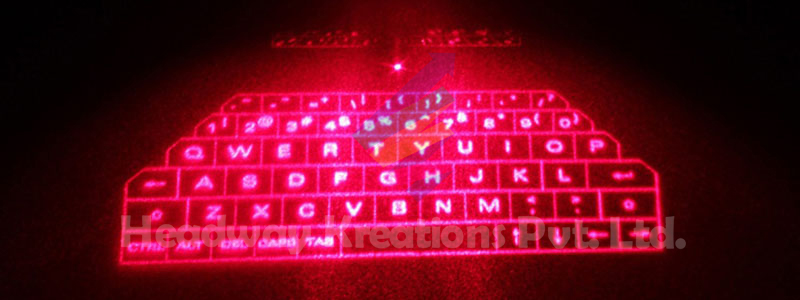3D HOLOGRAM
Holograms are used to present a fully three-dimensional image of the holographed subject that may be viewed without the requirement of special glasses or other intermediate optics. Holograms are photographic recordings of light fields rather than of images created by lenses. The hologram itself is not an image, and when viewed in diffuse ambient light, it is typically incomprehensible. It is the encoding of the light field as an interference pattern of opacity, density, or surface profile variations in the photographic medium that appear to be random.When the interference pattern is properly lit, light is diffracted into a reproduction of the original light field, and the objects within it seem to remain in that position. This is evidenced by the objects' realistic display of depth cues like parallax and perspective, which alter in response to changes in the observer's relative position.
Similar to how a photograph is recorded, a scene is illuminated by a laser light flash in laser holography, which creates an impression on a recording media. However, a second light beam, referred to as the reference beam, must also be directed directly onto the recording medium. A laser must be the only source of light for a hologram to exist. While sunshine and light from normal sources have a wide range of wavelengths, lasers are precisely controlled and have a single wavelength.Holograms are typically taken in low light, or in a color other than the laser light used to create the image, to avoid interference from outside light. Similar to photography, holography needs a precise exposure period, which can be adjusted with a shutter or by electrically timing the laser.


